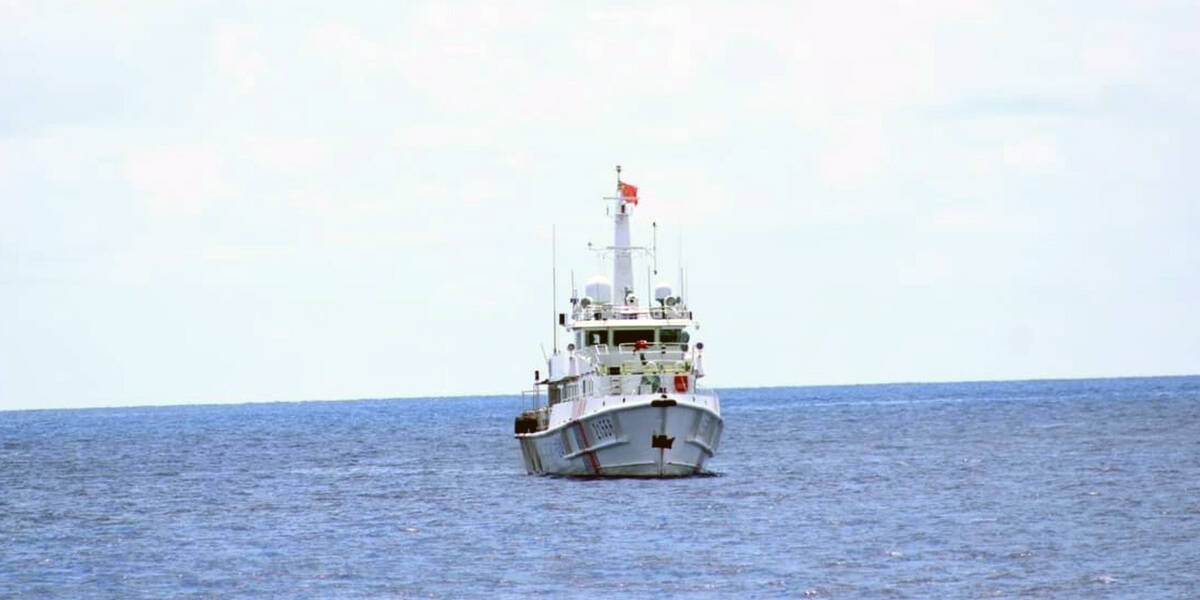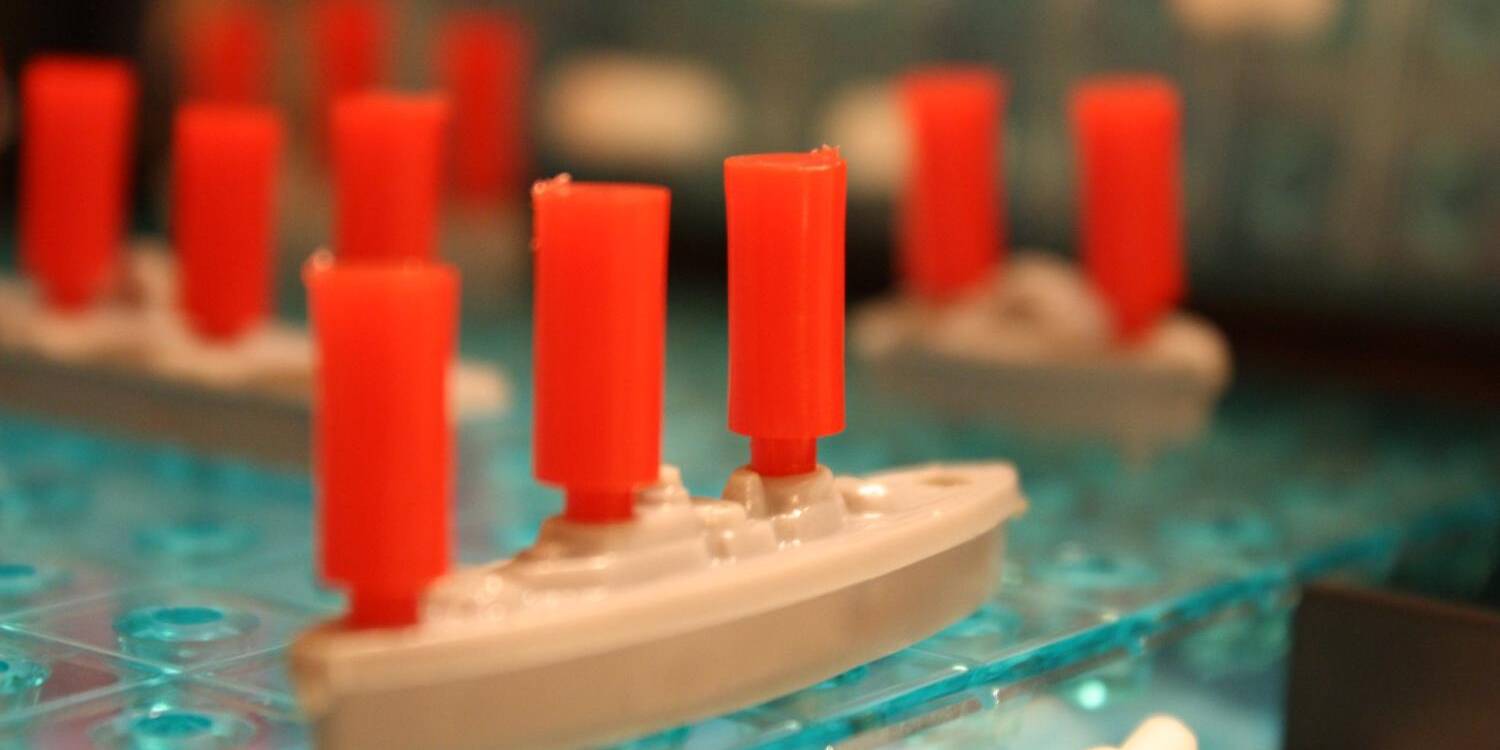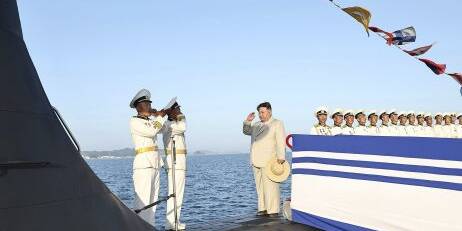Nick Danby for The Strategist
When more than 50 million Filipinos cast their ballots on 9 May for a new president, they’ll decide far more than who will be the next occupant of the Malacañan Palace. At stake are the country’s foreign policy and its impact on US–China strategic competition in the Indo-Pacific region. Pending the result, Washington can close its ‘credibility gap’ with Manila and bolster regional security vis-à-vis Chinese maritime belligerence.
Hyperbole abounds when chewing over national security. But these electoral ramifications are nothing short of rational. Since the turn of the century, Philippine presidents have tried balancing Beijing and Washington—its powerful neighbour and long-time ally, respectively. But this balance, which should emulate a delicate geopolitical tightrope, is as subtle as a seesaw.
Gloria Macapagal Arroyo (2001–2010) upheld the American alliance but primarily sought Chinese trade and investment deals. Benigno Aquino III (2010–2016) opted to confront China while fortifying the US–Philippine security alliance. Aquino fought for the country’s 2016 legal victory that invalidated China’s expansive maritime claims in the South China Sea. He also strengthened security ties with Asian neighbours and devised a 15-year military modernisation plan that would build a ‘minimum credible deterrence’ against Chinese militarism.
The balance shifted again when Rodrigo Duterte assumed the presidency in 2016. Duterte derided the US for its imperial past. He long deemed American security guarantees worthless after China seized Mischief Reef in 1995 and Scarborough Shoal in 2012 from the Philippines, and Washington never rallied to its defence.
Four months into his term, Duterte kissed goodbye to Washington and embraced Beijing. He decided that the militarily weak Philippines should appease, not oppose, a rising China. Recent memories in Manila of South China Sea disputes or Chinese bullying became faint, almost non-existent.
For most of his administration, Duterte matched his Sinophilic words with his deeds. He secured US$15 billion worth of Chinese investment pledges. To Beijing’s glee, he cancelled key security initiatives with the US, including the 2014 enhanced defence cooperation agreement (which permits US military pre-positioned equipment and troop rotations) and the 1999 visiting forces agreement (which allows US forces to effortlessly operate in the Philippines during a crisis). Duterte hoped Beijing would reward his ‘goodwill’ by underwriting Philippine economic development and dialling back its aggressive South China Sea claims. Whoops.
Five years later, Duterte’s grand appeasement has left much to be desired. Only about 20% of the US$15 billion in Chinese infrastructure pledges ever made it to the Philippines. China provided as many soft loans and grants to the Philippines in 2019 as the US did. Duterte also gained little on the high seas.
Over the past three years, China has warred against Philippine vessels and staked bold claims in the South China Sea. Chinese coastguard or maritime militia vessels have rammed and sunk Philippine fishing boats, thwarted military upgrades to Philippine-claimed features, swarmed disputed reefs with hundreds of fishing vessels, and water-cannoned resupply ships near disputed features to exhaust, intimidate and force Manila into ceding control over parts of this critical waterway to China.
The pressure appears unrelenting with no signs of abatement. Just recently, on 14 March, the Philippine Department of Foreign Affairs issued a démarche to the Chinese ambassador for the ‘illegal intrusion’ of a Chinese navy Dongdiao-class electronic reconnaissance ship into Philippine waters after lingering in the Sulu Sea for three days.
Duterte now recognises that China is no longer the friend he once believed in or dreamt of. Having incurred the costs of military aggression but reaped none of the economic rewards, Duterte performed an about-face. In April last year, he vowed to send ‘grey ships to stake a claim’ over oil and minerals in the South China Sea. By August, he walked back 18 months of threats to cancel the visiting forces agreement and began repairing his fragile relationship with Washington. The Filipino die of American rapprochement was cast.
Duterte is not alone in his newfound views. Most of the Philippine military and diplomatic establishment maintained ties with Washington despite their leader’s pro-China bent. Now, however, these officials and Duterte recognise that ‘the freedom of the Filipino people depends on the balance of power in the South China Sea’, as Foreign Secretary Teodoro Locsin pronounced. The people concur. A June 2019 survey found that 93% of Filipinos wanted to regain control of China-occupied islands in the South China Sea.
This year’s presidential contenders are attuned to the foreign-policy pendulum between Washington and Beijing—and the recent consensus towards favouring America. Frontrunner Ferdinand Marcos Jr advocates a Filipino military presence in the South China Sea to defend its economic rights, although he also wants a ‘bilateral consensus’ with Beijing. More hawkishly, incumbent Vice President Leni Robredo promises a multilateral coalition to counter Chinese maritime coercion.
Although the contenders’ opinions vary, their administrations will each likely mix economic cooperation and military confrontation towards Beijing. Concurrently, Manila will reinforce and strengthen its alliance with Washington and other regional partners to ensure that the South China Sea doesn’t morph into a ‘Chinese lake’.
That’s good for the US—and its Quad partners. Duterte’s preservation of bilateral security agreements and a new administration will bolster the Indo-Pacific alliance network through increased training, exercises and access to Filipino bases. This will enable American forces to persistently deter Chinese aggression and rapidly deploy during emergencies.
But anticipated benefits beget more work.
For starters, Washington should revise the visiting forces agreement or the mutual defence treaty to stipulate that an attack on Philippine forces in the South China Sea would trigger an American response. (So far, Washington has promised such a reaction at the lectern, but never codified it at the negotiating table.) Both countries should also update their naval rules of engagement to reflect the advent of Chinese paramilitary and grey-zone forces. Bilateral security exercises must also tackle and solve the hybrid threat from Chinese vessels.
Lastly, the US should help expedite the Philippines’ military modernisation effort to achieve ‘minimum credible deterrence’ against China. The remedy is predictable but practical: more corvettes, patrol ships, fourth-generation fighter jets and small submarines.
Whoever becomes the next president of the Philippines must craft a deft foreign policy that balances two increasingly antagonistic great powers. Washington can avoid tipping the scales against itself by no longer taking Manila for granted. It must clarify its commitments and provide the Philippines with the guidance and capabilities to fulfill those commitments. After all, that’s what allies are for.
Click here to read the full article at The Strategist.
Nick Danby is an intelligence officer in the US Navy forward-deployed in Japan. The views expressed in this article are those of the author and do not reflect the official policy or position of the US Navy, the US Department of Defense or the US government.
Related Analyses
September 15, 2024
West Philippine Sea: Several factors force BRP Teresa Magbanua to return – PCG
0 Comments1 Minute


